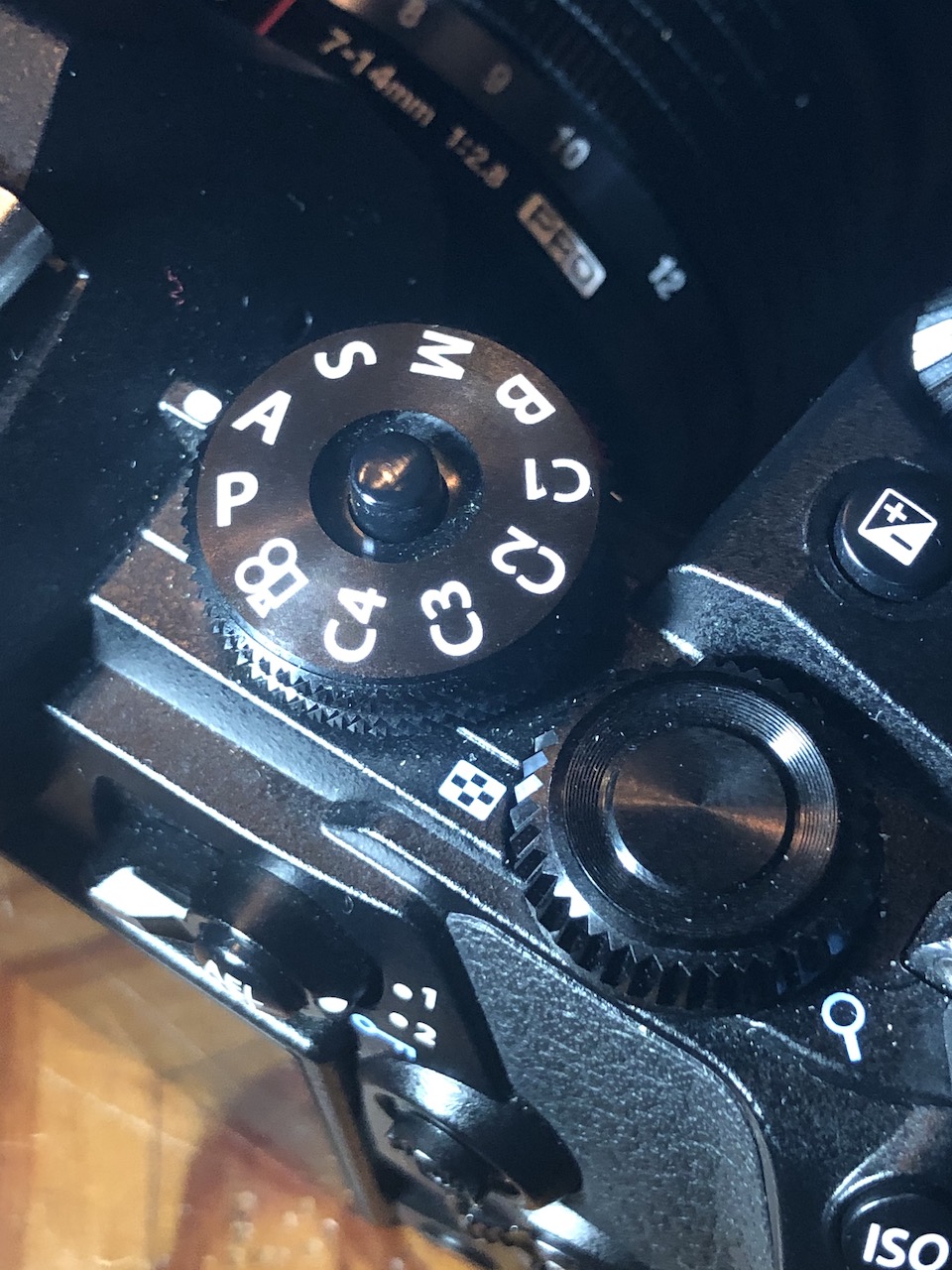The Olympus E-M1mkIII is an update and a refinement for what is already a great camera. I have enjoyed using the E-M1mkII for almost a year, but there are a lot of times when I reach for my trusty Olympus E-M1X instead. I like the bigger body of the E-M1X when I use longer lenses like the 300mm f4 pro, but there are a lot of features that I use in the E-M1X that the E-M1mkII lacks. Things like Live ND and hand-held high res mode were only available in the E-M1X thanks to it’s dual TruPic VIII processors.
Enter the E-M1mkIII.
The E-M1mkIII has a new TruPic IX processor that enables it to do all sorts of computational photographic tricks without the big body of the E-M1X. The E-M1mkIII shoots hand-held 50mp high res shots and Live ND long exposures just like it’s big brother.
That is great news for me since I like to travel and shoot with two camera bodies at the ready. I’ve had to juggle cameras and lenses in the past in order to use the features in the E-M1X. Now I can have the same functionality in both bodies, and I can choose which camera to use based mostly on which lens or lenses I will be using. For example, I may have the 300mm f4 pro lens on my E-M1X, and the 12-100mm f4 pro on my E-M1mkIII.
There are several improvements in the E-M1mkIII that I really like…
Control Improvements.
The first thing you’ll probably notice about the E-M1mkIII’s controls is the addition of a joystick for moving the focus point. This is a welcome addition for sure, and it makes the focus adjust button from the E-M1mkII unnecessary. That button is now assigned to adjust the ISO, which I also consider an improvement over the E-M1mkII. The Menu button has been moved next to the viewfinder button next to the EVF and the Info button moved below the 4-way controller, but otherwise the controls are much the same as the E-M1mkII.


The Mode Dial is all business.
The mode dial on the E-M1mkIII is a bit more “pro” than the E-M1mkII. The iAuto and Art modes have been replaced by a dedicated Bulb mode and an additional Custom mode. The Bulb slot gives easy access to Bulb mode, Live Time, and Live Composite modes. The additional Custom slot makes a total of four slots to save custom settings for easy access.
Reach for the Stars.
One of the banner features of the E-M1mkIII is Starry AF. If you have ever tried to photograph the night sky, you know that critical focus is often the most challenging part. Starry AF is a dedicated focus mode that allows the camera to lock focus onto stars either on a tripod or handheld. I was told it uses neither contrast or phase detection, but luminance to lock on target.

There is a Speed setting that takes a couple of seconds. This mode is used when hand holding the camera. There is also an Accuracy setting for use on a tripod. Accuracy mode takes up to 10 seconds or more, but is theoretically better than Speed mode if you have the time.
In my experience both modes work beautifully. It was a bit cloudy when I was trying out Starry AF, but I was able to choose a specific focus point and lock on to one star at a time. I also found that Starry AF was able to lock onto the distant lights of a beach town as well as the stars.
Other refinements.
The auto focus in the E-M1mkIII is improved over the previous model. It is on par with the E-M1X in my experience, although the E-M1mkIII lacks the planes, trains, and automobiles tracking in the E-M1X. Predictive focus using C-AF is fast and accurate, and it does a nice job of tracking moving subjects. On a side note- the regular C-AF mode is the one you want to use for most moving subjects. C-AF+Tr seems like a good idea, but it practice it is not as reliable as regular C-AF.

The image quality from the E-M1mkIII is fantastic. The noise performance is also on par with what I’m used to from the E-M1X. The image stabilization with compatible lenses is up to 7.5 stops. I have tack sharp handheld shots from the E-M1mkIII at unbelievably slow shutter speeds.
I hope you enjoyed this brief report on the new Olympus E-M1mkIII! I’m happy that I had the opportunity to put the camera through its paces, and I’m even more happy that I enjoyed the shooting experience so much. This is a professional camera that I will be glad to work with on a regular basis.
















Thanks for comparison. Clear, concise, makes sense. Now it is decision time.
My pleasure, Fran!